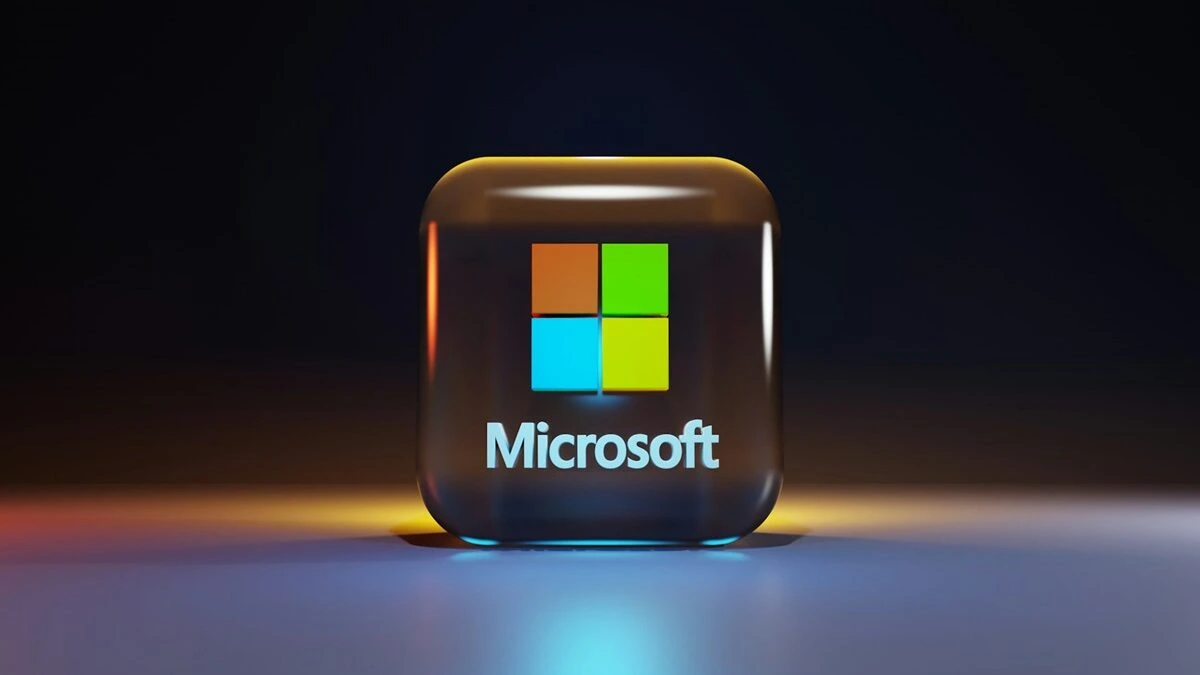Microsoft fonts are widely used across documents, presentations, and websites, and often you’ll come across files that rely on these fonts for consistent formatting.
On Linux, these fonts aren’t included by default due to licensing restrictions, but it’s possible to install them with a few straightforward steps.

In this guide, we’ll walk you through the process of installing Microsoft fonts on popular Linux distributions so that you can ensure compatibility with Microsoft Office documents and improve the visual consistency of websites and presentations.
Why Install Microsoft Fonts on Linux?
Linux distributions come with a variety of open-source fonts. However, Microsoft fonts like Arial, Times New Roman, and Verdana are essential in many scenarios:
- Document Compatibility: Many Microsoft Office documents use these fonts as defaults. Installing them ensures that Word and PowerPoint files display correctly.
- Web Browsing: Some websites rely on these fonts to display content as intended, making them useful for a more seamless browsing experience.
- Design and Presentation: If you’re working on design files or presentations that will be used across platforms, having Microsoft fonts available can ensure consistency.
Now, let’s look into the step-by-step process of installing these fonts.
Installing Microsoft Fonts on Debian and Debian-Based (Ubuntu, Linux Mint, etc.) Systems.
Ubuntu, Debian, and other Debian-based systems like Linux Mint offer Microsoft fonts in a package called ttf-mscorefonts-installer. Here’s how to install it.
Installation Steps:
Update Your Package List: Open a terminal and update your package list to make sure you have the latest version.
sudo apt updateInstall ttf-mscorefonts-installer: Next, install the Microsoft fonts package.
sudo apt install ttf-mscorefonts-installerAccept the EULA: During installation, you’ll be prompted to accept the End User License Agreement (EULA) for the fonts. Use the Tab and Enter keys to accept.
Refresh the Font Cache: To make the fonts available to applications, refresh the font cache with this command. It is optional if you don’t wish to reboot.
sudo fc-cache -f -vAfter completing these steps, you should see fonts like Arial, Times New Roman, and Comic Sans available in applications like LibreOffice, GIMP, and other programs that allow font selection.
Installing Microsoft Fonts on Arch Linux and Manjaro.
For users of Arch Linux, Manjaro, and other Arch-based distributions, Microsoft fonts can be installed from the Arch User Repository (AUR) as the ttf-ms-fonts package. If you’re comfortable with AUR helpers, follow these steps.
Installation Steps:
Install an AUR Helper (if you haven’t already): AUR helpers like yay or paru make it easy to install packages from the AUR. If you don’t have one, install one by following the instructions on the AUR helper’s official page.
Install ttf-ms-fonts from the AUR: Use your AUR helper to install the fonts.
yay -S ttf-ms-fontsUpdate the Font Cache: As with other distributions, update your font cache so the new fonts become available system-wide.
sudo fc-cache -f -vOnce you’re finished, you’ll find Microsoft fonts available across your system.
Installing Microsoft Fonts on Fedora-Based Systems.
Fedora users can install Microsoft fonts by enabling third-party repositories, as Fedora doesn’t include these fonts by default due to licensing. RPM Fusion, a trusted source for extra packages on Fedora, provides an easy way to install these fonts.
Installation Steps:
Enable the RPM Fusion Repository: First, enable the RPM Fusion repository to get access to additional packages.
sudo dnf install https://download1.rpmfusion.org/free/fedora/rpmfusion-free-release-$(rpm -E %fedora).noarch.rpmInstall mscore-fonts: With RPM Fusion enabled, you can now install the mscore-fonts package.
sudo dnf install mscore-fontsRefresh the Font Cache: Refresh the font cache to make the fonts accessible across applications.
sudo fc-cache -f -vFedora users should now have Microsoft fonts installed and ready to use in LibreOffice, web browsers, and other applications.
Additional Method: Manual Installation for All Distributions.
If you prefer not to use a package manager or if your distribution doesn’t support the packages mentioned above, you can manually install Microsoft fonts.
Installation Steps:
Download the Fonts: You can find Microsoft’s TrueType fonts online. Download the .ttf files you need.
Copy Fonts to Your Fonts Directory: Place the downloaded .ttf files in your local font directory. For single-user access, use.
mkdir -p ~/.fonts
cp path_to_your_fonts/*.ttf ~/.fonts/For system-wide access, copy the files to /usr/share/fonts (this requires root permissions).
sudo cp path_to_your_fonts/*.ttf /usr/share/fonts/Update the Font Cache: Finally, refresh the font cache.
sudo fc-cache -f -vThis manual method allows you to add specific fonts on demand and is helpful if you need only certain Microsoft fonts without installing the full package.
Verifying Your Installation.
To confirm that the fonts have been installed correctly, open any application with font selection (such as LibreOffice, GIMP, or even your system’s font viewer). You should now see Microsoft fonts such as Arial, Times New Roman, and Comic Sans available for use.
Final Thoughts.
Installing Microsoft fonts on Linux is straightforward and opens up greater compatibility with documents, websites, and design projects that depend on these fonts. With these fonts now available on your system, you’ll experience fewer issues with document formatting and web browsing.
Whether you’re using Ubuntu, Fedora, Arch, or another Linux flavor, this guide has shown you how to get Microsoft fonts up and running with ease.
Let us know if you have any questions or tips for other Linux users, and enjoy the enhanced compatibility these fonts bring to your Linux experience!
Leave a Reply